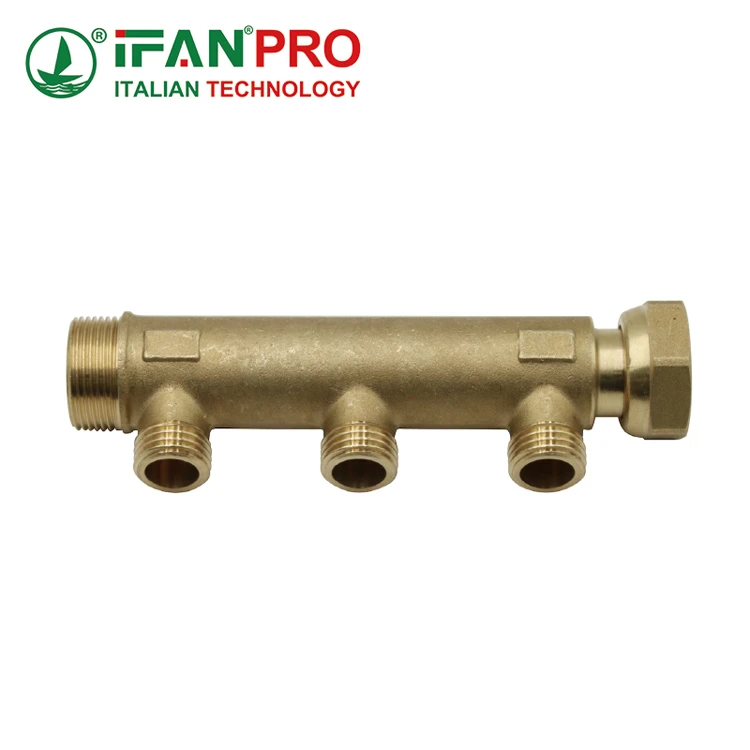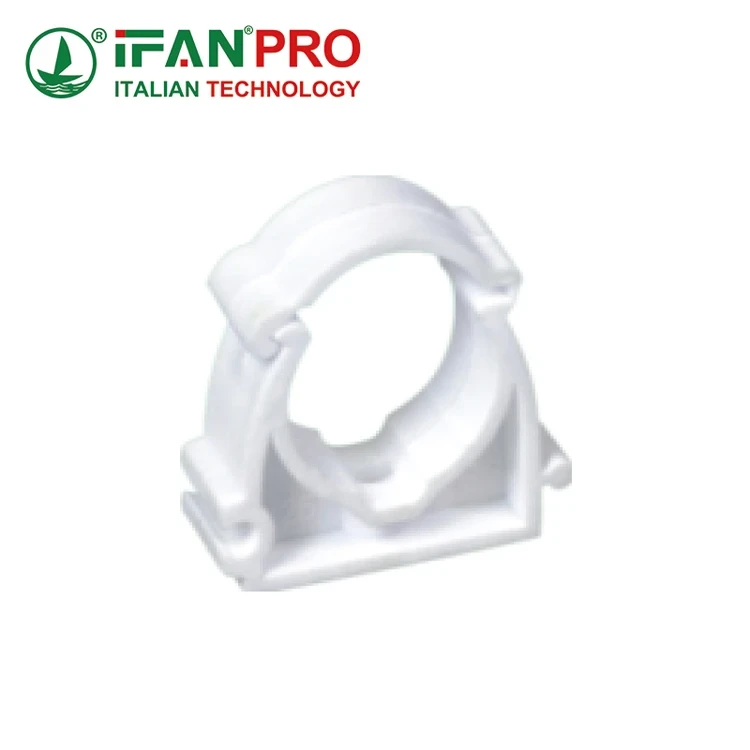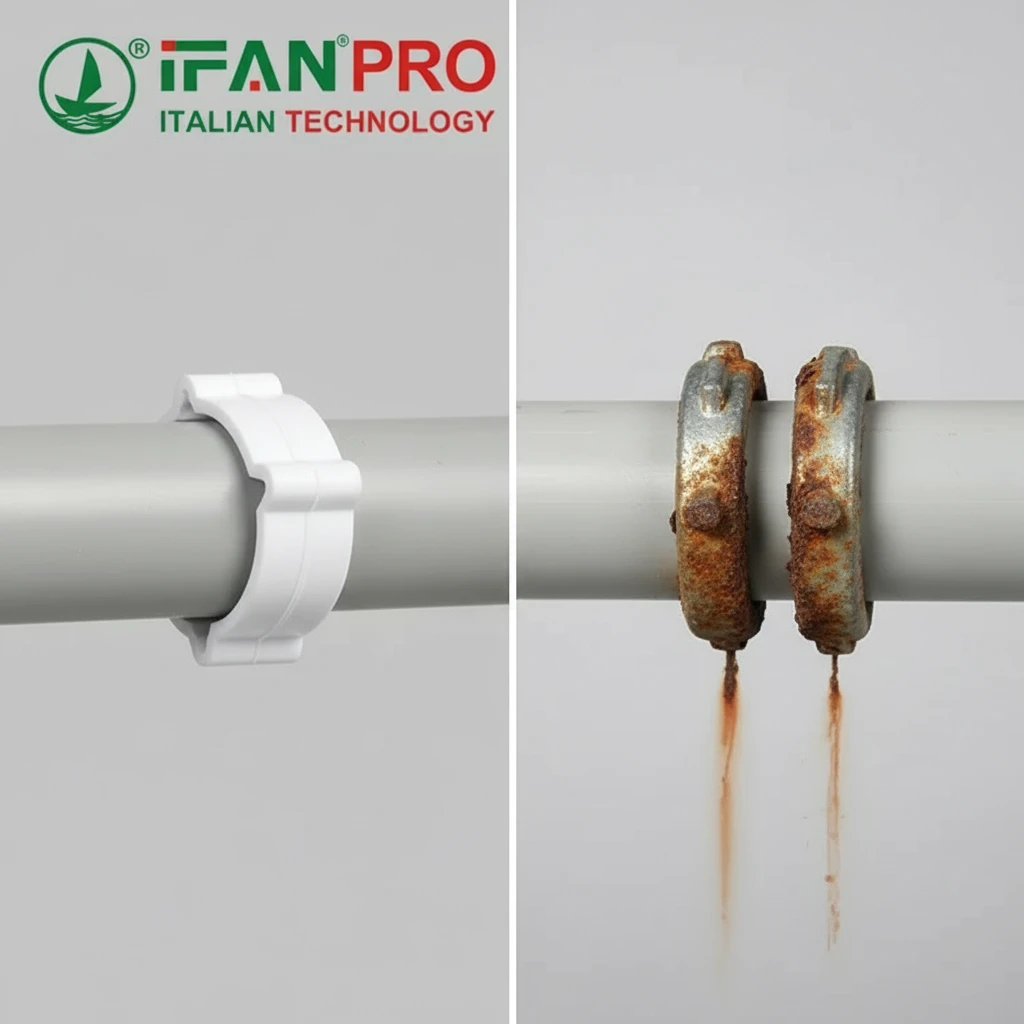Ordering the right 205 manifold mold can make or break your pipeline project. Poor quality molds lead to costly failures and production delays. This guide shows you exactly how to secure premium 205 manifold molds that meet your specifications.
Understanding 205 Manifold Mold Specifications
The 205 manifold mold serves as a critical component in pipeline systems. It connects multiple pipeline branches into a single main line. Material composition directly impacts performance and longevity.
Standard 205 manifolds handle pressures up to 150 PSI. Industrial applications often require higher pressure ratings. Temperature tolerance ranges from -20°F to 180°F for most applications.
Key specifications include:
- Inlet diameter: 2 inches
- Outlet configurations: 3, 4, or 5 ports
- Material options: PVC, HDPE, stainless steel
- Thread types: NPT, BSP, metric
Step-by-Step Ordering Process
1. Define Your Project Requirements
Calculate your flow rate needs first. Measure the total pipeline length and elevation changes. Document operating pressure and temperature ranges.
List all connection points and their specifications. Note any special environmental conditions like chemical exposure or extreme temperatures.
2. Choose the Right Material
PVC offers cost-effectiveness for standard applications. It resists corrosion and handles most chemicals well. Weight remains manageable for installation teams.
HDPE provides superior flexibility and impact resistance. It works excellently in underground installations. Temperature cycling doesn’t affect performance significantly.
Stainless steel delivers maximum durability and pressure handling. Chemical processing plants often require this material. Initial cost is higher but maintenance stays minimal.
3. Select Port Configuration
Three-port manifolds suit simple distribution systems. Four-port options handle moderate complexity projects. Five-port configurations manage complex distribution networks.
Consider future expansion needs when selecting ports. Adding ports later requires system shutdown and modification costs.
4. Verify Dimensional Compatibility
Measure existing pipeline dimensions carefully. Check thread specifications on connecting pipes. Verify flange types and bolt patterns if applicable.
Standard 205 manifolds use 2-inch nominal pipe size. Actual dimensions may vary between manufacturers. Always request detailed drawings before ordering.
5. Request Custom Manufacturing Options
Standard molds may not fit unique applications. Custom manufacturing addresses specific project needs. Lead times increase but performance improves dramatically.
Common customizations include:
- Non-standard port angles
- Special pressure ratings
- Unique material combinations
- Custom marking and labeling

Quality Assessment Criteria
Material Testing Standards
Reputable manufacturers follow ASTM testing protocols. Pressure testing should exceed working pressure by 50%. Material certificates verify chemical composition and mechanical properties.
Look for ISO 9001 certification in manufacturing facilities. Quality management systems ensure consistent product standards. Third-party testing adds credibility to manufacturer claims.
Manufacturing Process Evaluation
Injection molding produces the most consistent results. CNC machining offers precision for metal components. Welding quality affects long-term reliability significantly.
Surface finish quality indicates manufacturing attention to detail. Smooth surfaces reduce turbulence and pressure losses. Rough finishes create potential failure points.
Performance Testing Requirements
Hydrostatic testing verifies pressure capabilities safely. Dimensional inspection ensures proper fit with existing systems. Chemical compatibility testing prevents premature failure.
Request test certificates with your order. Documentation proves compliance with specifications. Keep certificates for warranty claims and inspections.
Choosing Reliable Suppliers
Manufacturer Evaluation
Established manufacturers offer proven track records. Review customer testimonials and case studies carefully. Technical support availability indicates commitment to customer success.
Manufacturing capacity affects delivery schedules. Large orders may overwhelm smaller suppliers. Backup suppliers prevent project delays.
Quality Certifications
ISO certifications demonstrate quality commitment. Industry-specific certifications add credibility. Environmental certifications show responsible manufacturing practices.
Request copies of current certificates. Expired certifications indicate potential quality issues. Regular audits maintain certification validity.
Customer Support Services
Technical support helps with specification questions. Engineering assistance optimizes manifold selection for your application. Installation guidance prevents costly mistakes.
After-sales support handles warranty issues quickly. Replacement part availability extends system life. Training programs improve installation quality.
Cost Optimization Strategies
Bulk Ordering Benefits
Volume discounts reduce per-unit costs significantly. Shipping costs spread across larger quantities. Inventory availability improves for future projects.
Coordinate with other projects to increase order size. Group purchasing with other contractors maximizes savings. Plan ahead to take advantage of bulk pricing.
Total Cost of Ownership
Initial price represents only part of total costs. Installation complexity affects labor expenses. Maintenance requirements impact long-term budgets.
Higher quality molds often cost less over time. Reliability reduces replacement frequency. Better performance minimizes system downtime costs.
Payment Terms and Financing
Extended payment terms improve cash flow management. Early payment discounts reduce overall costs. Financing options spread costs over time.
Letter of credit arrangements protect both parties. Progress payments align with delivery schedules. Retention terms ensure quality compliance.
Common Ordering Mistakes to Avoid
Specification Errors
Incorrect pressure ratings cause catastrophic failures. Wrong material selection leads to premature wear. Dimensional mistakes prevent proper installation.
Double-check all specifications before ordering. Verify measurements independently. Consult with engineers when uncertain about requirements.
Supplier Selection Issues
Choosing suppliers based on price alone risks quality problems. Unknown manufacturers may lack technical support. Overseas suppliers complicate warranty service.
Balance cost with reliability and support. Verify supplier capabilities thoroughly. Check references from similar projects.
Timeline Miscalculations
Rush orders increase costs and reduce quality options. Standard items ship faster than custom products. International shipping adds time and complexity.
Plan orders well in advance of need dates. Build buffer time into project schedules. Confirm delivery schedules before finalizing orders.
Installation Considerations
Site Preparation Requirements
Proper foundation prevents manifold stress and failure. Access requirements affect installation methods. Utility clearances must meet local codes.
Weather conditions impact installation quality. Temperature affects material properties during installation. Moisture can compromise certain materials.
Connection Procedures
Follow manufacturer torque specifications exactly. Use appropriate sealants for your application. Test all connections before system startup.
Professional installation ensures warranty compliance. Training improves installation quality significantly. Documentation helps with future maintenance.
Maintenance and Support
Preventive Maintenance Programs
Regular inspection prevents unexpected failures. Cleaning maintains optimal flow characteristics. Lubrication extends operational life where applicable.
Documentation tracks maintenance history effectively. Scheduled replacement prevents emergency situations. Professional service maintains warranty coverage.
Warranty Coverage
Understand warranty terms before ordering. Manufacturing defects typically receive full coverage. Installation errors may void warranty protection.
Keep all documentation for warranty claims. Proper installation maintains warranty validity. Regular maintenance often extends warranty periods.
Conclusion
Ordering high-quality 205 manifold molds requires careful planning and supplier evaluation. Focus on specifications, quality certifications, and long-term support capabilities.
Work with established manufacturers who understand your industry requirements. Invest in quality components to minimize total ownership costs. Plan orders early to avoid rush fees and quality compromises.
The right 205 manifold mold ensures reliable system performance for years. Take time to specify requirements accurately and choose suppliers wisely. Your pipeline system depends on these critical decisions.












Commentaires récents